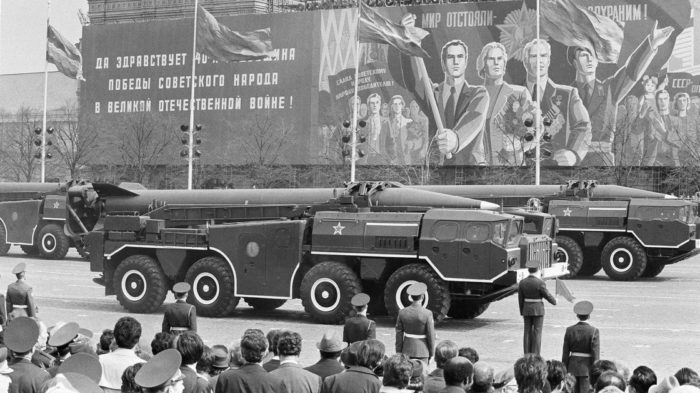Here’s a remarkable fact: For the past two decades, 10 percent of all the electricity consumed in the United States has come from Russian nuclear warheads.

It was all part of a deal struck at the end of the Cold War and stopped approximately 2 weeks ago! The origins of the plan lie in the early 1990s. At the time, Philip Sewell was working for the U.S. Department of Energy. The Soviet Union had just disintegrated, and Sewell’s job was to find ways to collaborate with the former adversaries.
How did it work?
In practice, this involved driving out into the Russian countryside, to military facilities that weren’t even on the map. When Sewell got there, what he saw wasn’t pretty: broken windows and unlocked gates. And inside these crumbling buildings, the Russian government stored the uranium from thousands of decommissioned nuclear weapons. It seemed like practically anyone could walk off with stuff for a bomb. Sewell and his colleagues wanted to get rid of this uranium. So they decided to try to persuade the Russians to sell their surplus to the U.S. After all, the stuff was just lying around.
How did it come to the final plan?
Initially, the Russians refused, probably a matter of pride, principle and patriotism as they didn’t need that excess material, and they didn’t have the money to protect it. But, they didn’t want to let go of it. The only reason they accepted at the end was: money. Disarmament became profitable!
And the numbers?
The deal was very profitable. The Russians made around $17 billion. Sewell’s government office was spun off into a private company — the United States Enrichment Corporation — and made money from the deal too. And the U.S. power plants got the uranium at a good price.
But today, Russia is a totally different place than it was twenty years ago and this pretty good thing has to end. But think about this fact: about 20,000 bombs’ worth of nuclear material were destroyed forever during the last 20 years and they will never threaten anybody ever again. Good news no?











